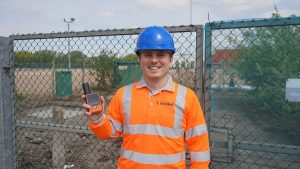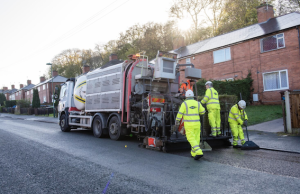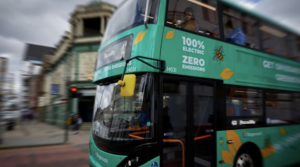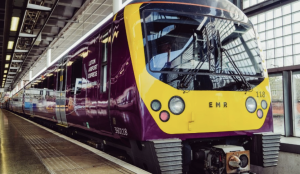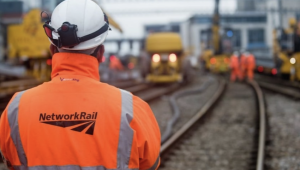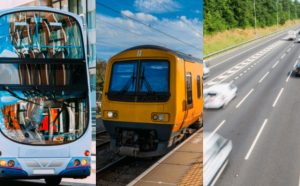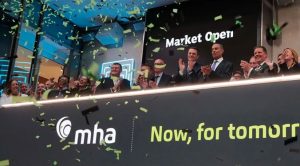New rail report fuels push for Midlands Hub
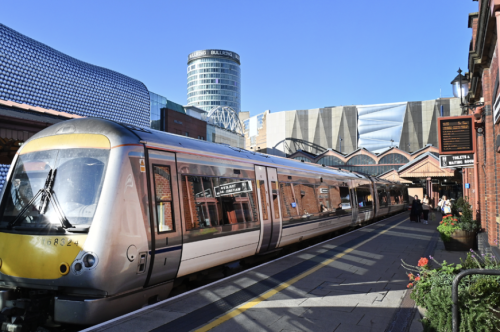
A new report highlights that over 325,000 individuals within the Midlands Rail Hub catchment area are at risk of transport-related social exclusion.
This has intensified calls for the project’s delivery, emphasising its potential to act as a “catalyst for economic growth.”
The Midlands Rail Hub is the region’s most ambitious rail improvement initiative, a £1.75bn blueprint aimed at delivering faster, better, and more frequent connections across the Midlands.
The scheme plans to add up to 10 additional trains per hour on the rail network, providing enhanced or new rail links for over 50 locations, including Leicester, Bromsgrove, Nuneaton, Worcester, Hereford, Cardiff, and Bristol.
Key infrastructure developments include the construction of two new ‘chords’ in Birmingham and 11 other engineering interventions throughout the region.
Beyond improving rail services, the project is expected to support the creation of 13,000 jobs, enable the construction of over 20,000 new homes annually, and add 300 more trains into or out of Birmingham each day.
Maria Machancoses, CEO of Midlands Connect, said: “Midlands Rail Hub is an essential railway upgrade which provides regional and national benefits. It better connects Britain by improving passenger journeys between towns and cities in the East and West Midlands, the South West, Wales and Scotland. A catalyst for economic growth, it will create and improve access to jobs, will develop young people through tailored apprenticeship schemes, support much-needed house building and make train travel a greener first choice for millions of people.”
The report, titled The Midlands Rail Hub: The ticket to drive social mobility, outlines the challenges faced by communities in areas such as Derby, Tamworth, Birmingham, North Warwickshire, Hinckley and Bosworth, Leicester, and the Forest of Dean.
Transport-related social exclusion (TRSE) refers to the inability to access opportunities, key services, and community life due to inadequate transport options.
Notably, Cinderford West in the Forest of Dean ranks in the top 1% nationally for TRSE risk. In Birmingham, more than 118,000 residents live in high-risk areas.
Tamworth’s figure is even higher proportionally, with over a third of the population affected, significantly above the UK average.
Ridwan Nuhu, Midlands Connect data analyst and author of the report, said: “Transport serves as a lifeline for everyone, one that connects people to economic opportunity, health and recreation, family and friends, and other important parts of everyday life. Midlands Rail Hub will boost their mobility, improve their quality of life and help people reach their full potential.
“This report explores transport-related social exclusion – put simply, this is being unable to access opportunities, key services, and community life as much as you want to or need to. It means facing major obstacles in life, being unable to access key destinations like the schools, hospitals or work. It really is that stark.”
The Midlands Rail Hub is co-sponsored by Midlands Connect, the Department for Transport, and the West Midlands Rail Executive.

